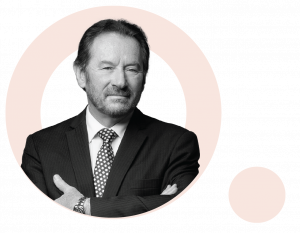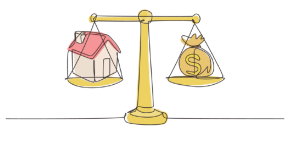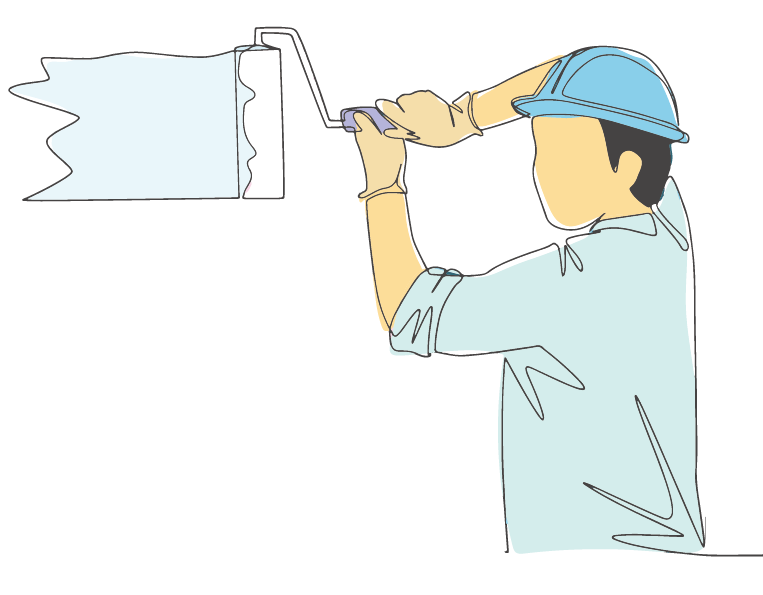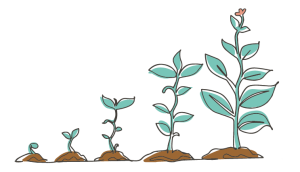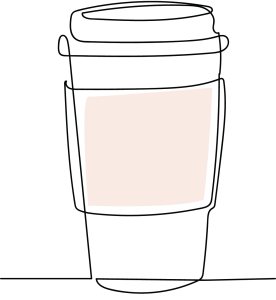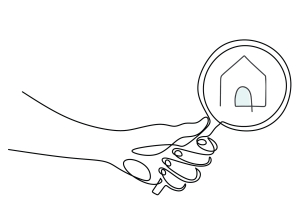Australia’s dwelling values set a record-breaking annual growth of 13.5% for the financial year 2020/21–the highest recorded since April 2004.
Under this, 15.6% increase was recorded for the Australian dwelling values of houses and 6.8% lift in unit values. Across all the capital cities, Darwin placed the highest annual rate of growth with 21.0% in value which is followed by Hobart with 19.6% growth over the financial year.

According to Eliza Owen, CoreLogic Head of Research for Australia, these figures, indeed, broke the 17-year record. “This is the highest annual rate of growth seen across the Australian residential property market since April 2004, when the early 2000’s housing boom was winding down after a period of exceptional growth. However, there are some markets where performance is starting to ease more notably.”
Martin Evans, a Real Estate Agent at 4one4 Property Co., shared that some of the reasons why Hobart’s market is performing well include confidence in the market, economic growth, low bank interest rates, and limited properties listed for sale.
“Other unique factors contributing to these include the fact that Hobart’s median house prices started well below what the majority of the major cities in the rest of Australia offered, so we had a lot more room to move upwards. Plus, Hobart has been seen somewhat as a safe haven–a safe place to live in. Its attractiveness is something that the rest of the population sees,” Martin added.

House prices in Hobart have been reported continuously increasing. In the same report, the capital city’s median price rose to a record high $607,960. Its dwellings–both houses and units–have a higher median than Brisbane, Adelaide, Perth, and Darwin, but is about $145,000 more affordable than Melbourne.
Real Estate Institute of Tasmania president, Mandy Welling, claimed that despite the price growth, “people from interstate still see Tasmania as affordable”. She even mentioned that growth in the market was bound to continue through the rest of the year.
For the month of June, national home values rose by 1.9% where each of the capital cities witnessed a rise in dwelling values with Hobart gaining the highest lift by 3.0% and Perth with the lowest (0.2%). Despite these figures, a loss of momentum was witnessed in the latter part of the financial year, with a fall in numbers if the past months’ data will be compared with June’s. Even if Hobart garnered the highest gain for the month of June, it still decreased from a 7.4% growth from the past three months.
Generally, it’s undeniable that the figures did still increase based on the report. Ms. Owen then noted one of the major factors in the recorded growth. “Before the recent uncertainty of growing COVID-19 case numbers, there were plenty of demand-side factors driving housing market growth through the first half of 2021,” she remembered.
The unemployment rate and underutilisation rate decreased in May by 5.1% and 12.5% respectively–the lowest level since February 2013. This is also one of the major growth factors that Ms. Owen is looking at.
“Consumer confidence remained elevated through June, although down from the recent April highs. Elevated savings accumulated through COVID-restrictions last year, along with a more confident consumer sector, has encouraged consumption of larger goods, such as housing. This has all occurred against a back-drop of continued low mortgage rates, which is one of the most significant demand drivers.”
Along with this, based on the same report, the total advertised stock remains relatively low. “The latest listings count from CoreLogic indicates that in the 28 days to June 27th, total advertised stock remained 24.4% below the five-year average.” Thus, Ms. Owen believes that “this dynamic of strong consumer demand and low housing supply continues to create some urgency among buyers.”
Sales volumes, on the other hand, have remained elevated all throughout the financial year. Estimatedly, there were approximately 582,900 transactions nationally which is also the highest annual sales volume observed since February 2004.
“Across the greater capital city and rest of state markets, modelled sales volumes were highest across Sydney (110,064), Melbourne (89,234) and regional Queensland (80,549). Every greater capital city and rest of the state regions saw double digit growth in annual sales volumes, with the exception of Hobart (where sales volumes fell -0.6% over the year), and regional Tasmania (where annual growth in sales volumes was 8.6%).”
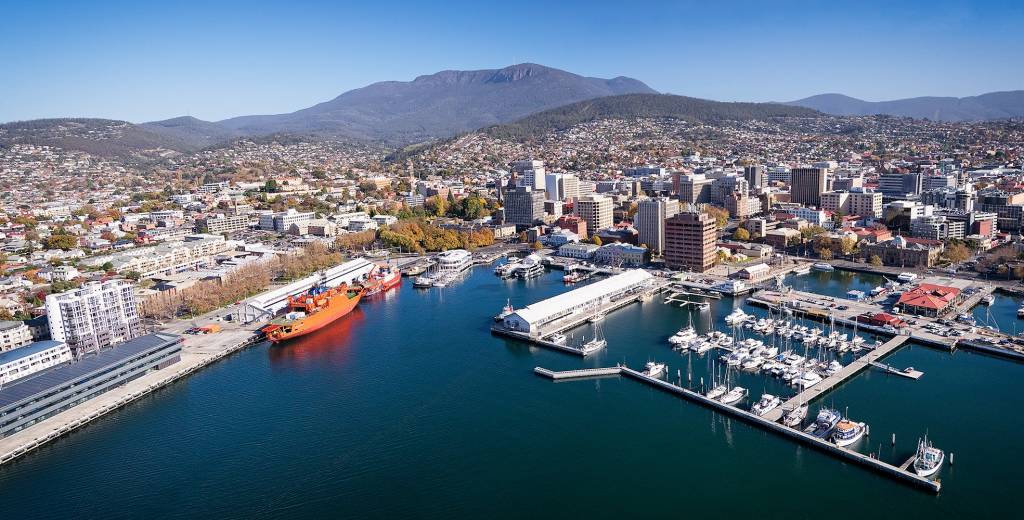
When asked about his opinion regarding this matter, Martin answered, “In my opinion, it comes down to supply and demand. We had such a demand in the past and now, we’re at a point where it slowed down. Some of the people have found a place to rent. On the other end of the scale, there are people who found alternative accommodations. Another factor is the cost of rentals. Perhaps, there are more people living under one roof, because they simply can’t afford to live independently.”
Clearly, despite the ongoing impacts of COVID-19, overall, the housing market has shown a remarkable growth in the 2020/21 financial year. However, an inconsistent momentum was seen in the latter part of the year. Regardless, with the continued low mortgage rates and fluctuation on property’s supply, experts eye for the demand on housing to continuously increase over the next financial year.
Similarly, Martin sees the next two years in a positive way, but he stressed that we will start to see a softening of the market when bank interest rates start to rise. But, he still believes that “things are still looking really good for the next two years for property sellers, but maybe not so much for property buyers.” With this, Martin shared some pieces of advice to all aspiring buyers:
“To all the people out there who are struggling to get into the market, if it’s your first home, then you should definitely have a look at the available government’s schemes. On the other hand, for people buying second or third property, I guess the value of your property now is going to contribute to your equity for your finances. And it will help if you buy a property situated a lot farther from the major city for a less expensive price and cost of living”
Martin closed with a reminder that when buying properties, the most important factor to consider is getting on a real estate agent’s database. “In that way, you can be notified of the property that suits you.”
“The earlier that you can get in, the better,” he ended.





